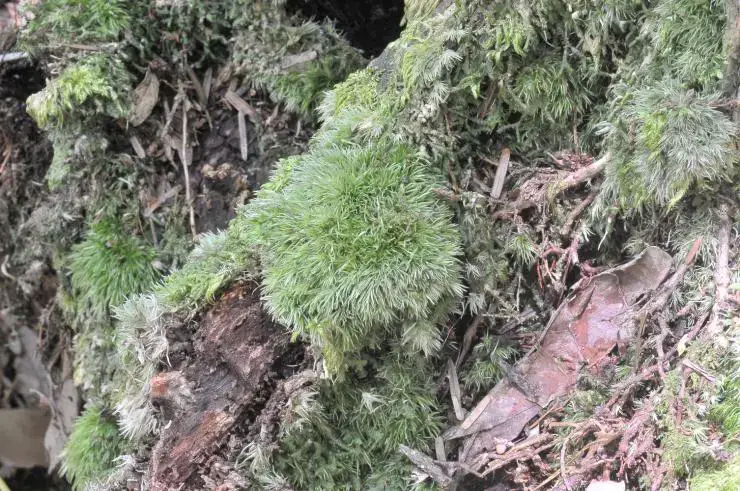
Barbellopsis-conferva-MuellHal-YJia-NRGaowa-combnov-A-Plants-B-Leaf-C_Q640.jpg from: https://www.researchgate.net/figure/Barbellopsis-conferva-MuellHal-YJia-NRGaowa-combnov-A-Plants-B-Leaf-C_fig3_348089946
Pireella fendleri: The Fascinating Moss of the Pterobryaceae Family
Pireella fendleri (Müll.Hal.) Cardot, commonly known as just Pireella, is a captivating moss species belonging to the

Tuckermanella-fendleri2-300×223.jpg from: https://ohiomosslichen.org/lichen-tuckermanella-fendleri/
Pterobryaceae family. As a member of the Bryophyta division and

5856d54f21c593d9017a4c708465902e.jpg from: https://openmuseum.tw/muse/digi_object/944be5363af1050246cc941b5ca41998
Bryopsida class, this tiny but mighty plant plays important ecological roles. In this blog post, we’ll dive into the world of Pireella fendleri and explore its morphology, habitat, distribution, and adaptations.

7037e79d418c961c5141889e083833ce.jpg from: https://taieol.tw/muse/digi_object/2355523fe7d6b11d4b7a8ac495911fd7
Background on Mosses
Mosses are small, non-vascular plants that lack true roots, stems, and leaves. They belong to the division Bryophyta, which also includes liverworts and hornworts. Mosses play crucial roles in ecosystems by regulating moisture, preventing erosion, and providing habitat for microorganisms. There are over 12,000 species of moss worldwide.
Morphology and Identification
Pireella fendleri is a pleurocarpous moss, meaning its sporophytes (spore-producing structures) grow laterally from the sides of the stems. The stems are creeping and pinnately branched. The leaves are ovate-lanceolate in shape, concave, and have single costae (midribs) that extend 1/2 to 2/3 the leaf length.
Pireella can be identified by its distinctive shiny, golden-green color. The leaves are densely arranged and often falcate-secund (curved to one side). Capsules are ovoid and erect on elongated setae (stalks).
Global Distribution and Habitat
Pireella fendleri has a neotropical distribution, found in Central and South America, as well as the Caribbean. It grows as an epiphyte on tree trunks and branches in humid montane forests at elevations of 500-2500 meters.
This moss prefers shaded, moist habitats with high humidity and frequent cloud cover or mist. It often forms mats or wefts on its substrate.
Ecological Roles and Adaptations
Like other mosses, Pireella plays important roles in its ecosystem:
- Moisture regulation: Absorbs and retains water, helping maintain humidity
- Nutrient cycling: Traps and breaks down organic matter, releasing nutrients
- Microhabitat creation: Provides shelter and resources for invertebrates and microorganisms
- Carbon sequestration: Takes in CO2 for photosynthesis, storing carbon in biomass
Pireella has several adaptations for its epiphytic lifestyle:
- Concave leaves to efficiently funnel water and nutrients
- Rhizoids (root-like structures) to anchor it to tree bark
- Desiccation tolerance to withstand periodic drying out
- Asexual reproduction via gemmae or fragmentation to colonize new substrates
Conclusion
Pireella fendleri is a prime example of how even the smallest organisms can have big ecological impacts. This golden-green moss works tirelessly in tropical montane forests to regulate moisture, cycle nutrients, create microhabitats, and sequester carbon.
The next time you’re walking through a humid forest and spot a shiny mat growing on a tree branch, take a closer look – it might just be the marvelous moss Pireella fendleri! What other tiny but mighty plants have you noticed in your local ecosystem?